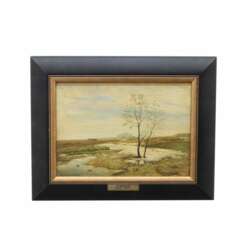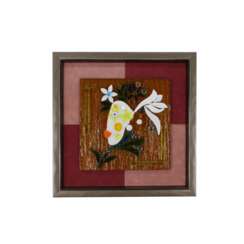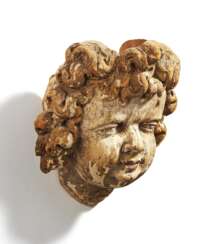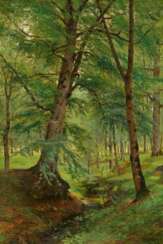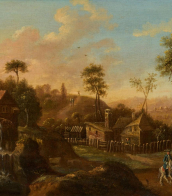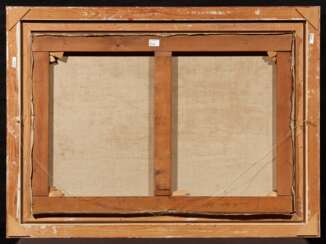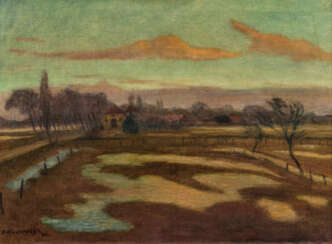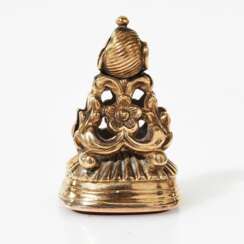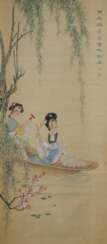весна
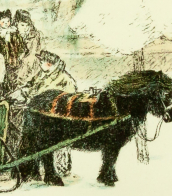
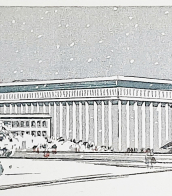
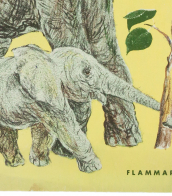
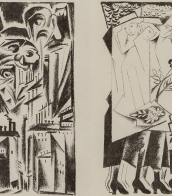
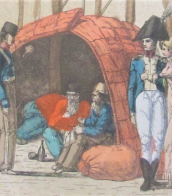


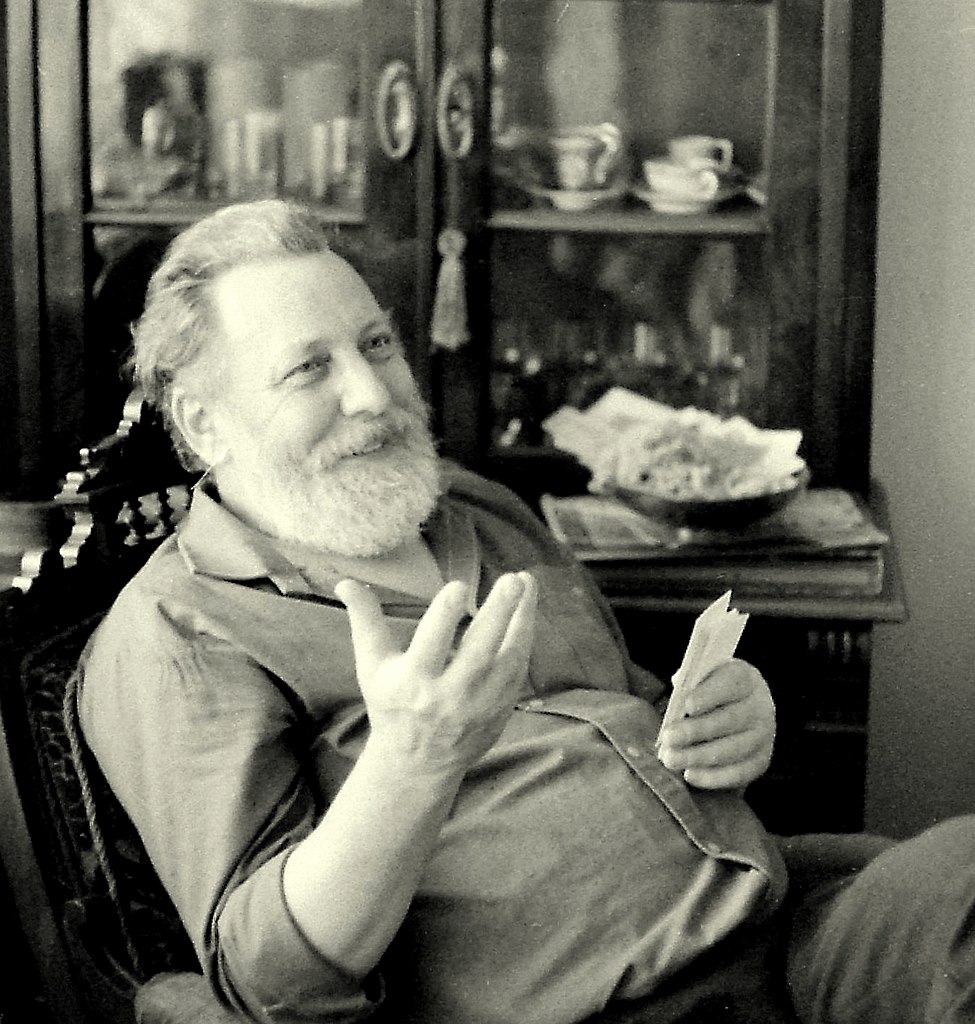
Kurt-Hermann Kühn is a German painter and graphic artist. He trained as a decorator and studied from 1946 to 1952 at the Academy of Graphic Arts and Printing in Leipzig and in Berlin at the Academy of Fine and Applied Arts.
Kurt-Hermann Kühn travelled to Syria and Egypt. These journeys are reflected in many of his paintings. In addition to his extensive painting and graphic work, he created many large-format murals, mainly frescoes. His portraits of women and erotic drawings have also attracted much critical attention.
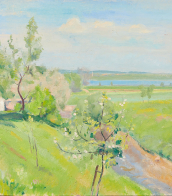
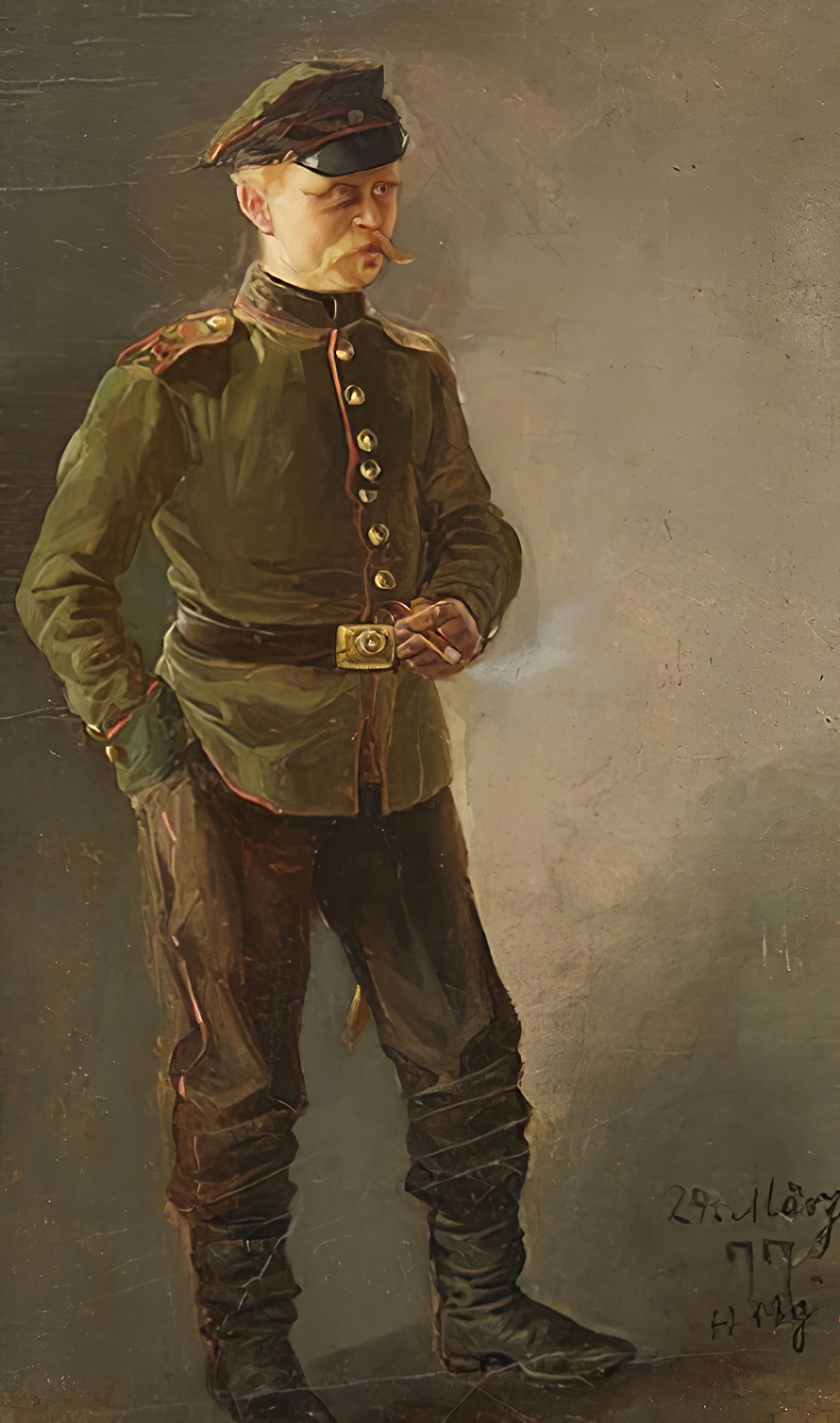
Hugo Mühlig was a German Impressionist painter. From 1881, he lived in Düsseldorf as a painter of landscapes and genre scenes.

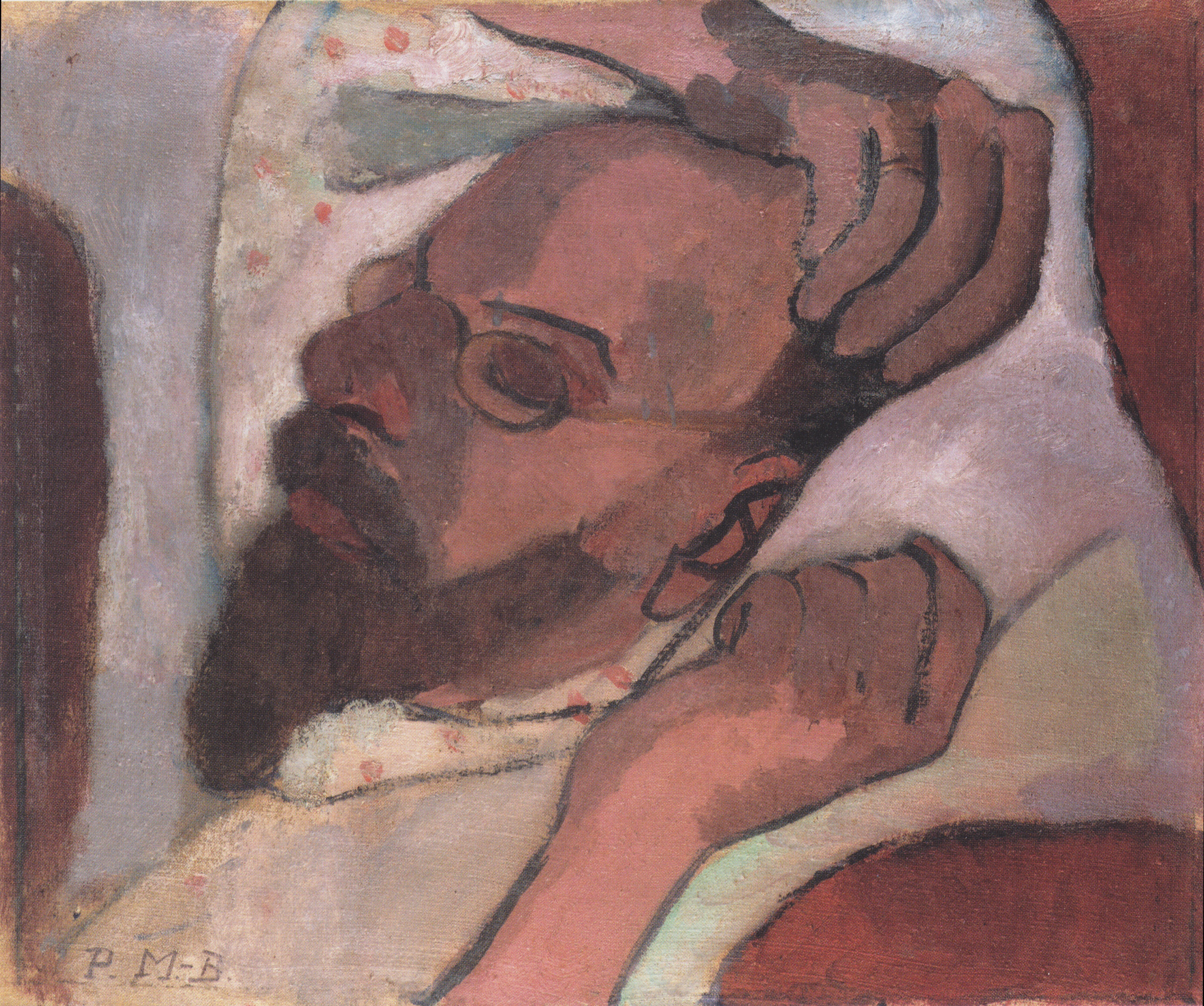
Friedrich Wilhelm Otto Modersohn was a German painter of the late 19th and first half of the 20th centuries. He is known as a landscape painter, a representative of the Barbizon School.
Otto Modersohn produced Barbizonian-style landscapes early in his career, but from about 1890 his style became more expressionist, with an emphasis on his choice of colors. The death of his second wife influenced his style: the colors became darker and the images more stark. Modersohn was one of the founders of the Worpswede artists' colony. A large collection of his works is kept in the Modersohn Museum in Fischerhude, and a street in Berlin is also named after him.

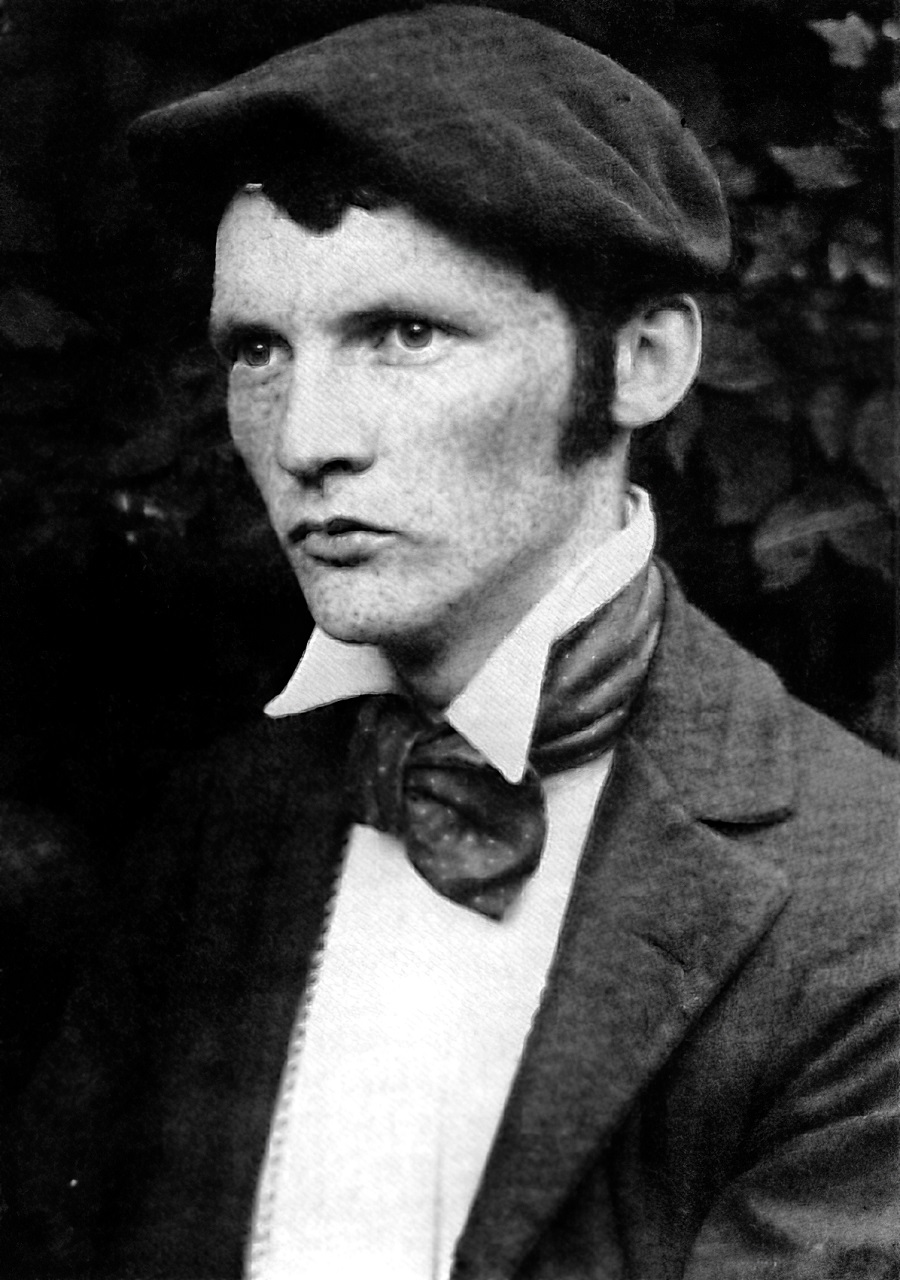
Heinrich Vogeler was a German artist and philosopher, a representative of the German Art Nouveau. A versatile and talented artist, he painted, watercolored, composed poems, designed, designed and decorated. Over time, his style of art changed over a wide range.
During World War I, from 1914 to 1917, Vogeler was on the Eastern Front as a volunteer and made sketches, which resulted in his pacifist sentiments.
In the mid-1920s he visited the Soviet Union several times and his impressions resulted in paintings in his own "complex style: "Karelia and Murmansk" (1926), "Building a New Life in the Soviet Republics of Central Asia" (1927), and "Baku" (1927). In 1931 Vogeler received an invitation to work in the USSR. The coming to power of the Nazis in Germany made it impossible for him to return home, and after Hitler's invasion Vogeler among many was deported to the Kazakh SSR, where he died.
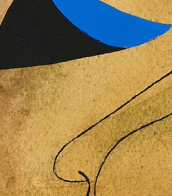
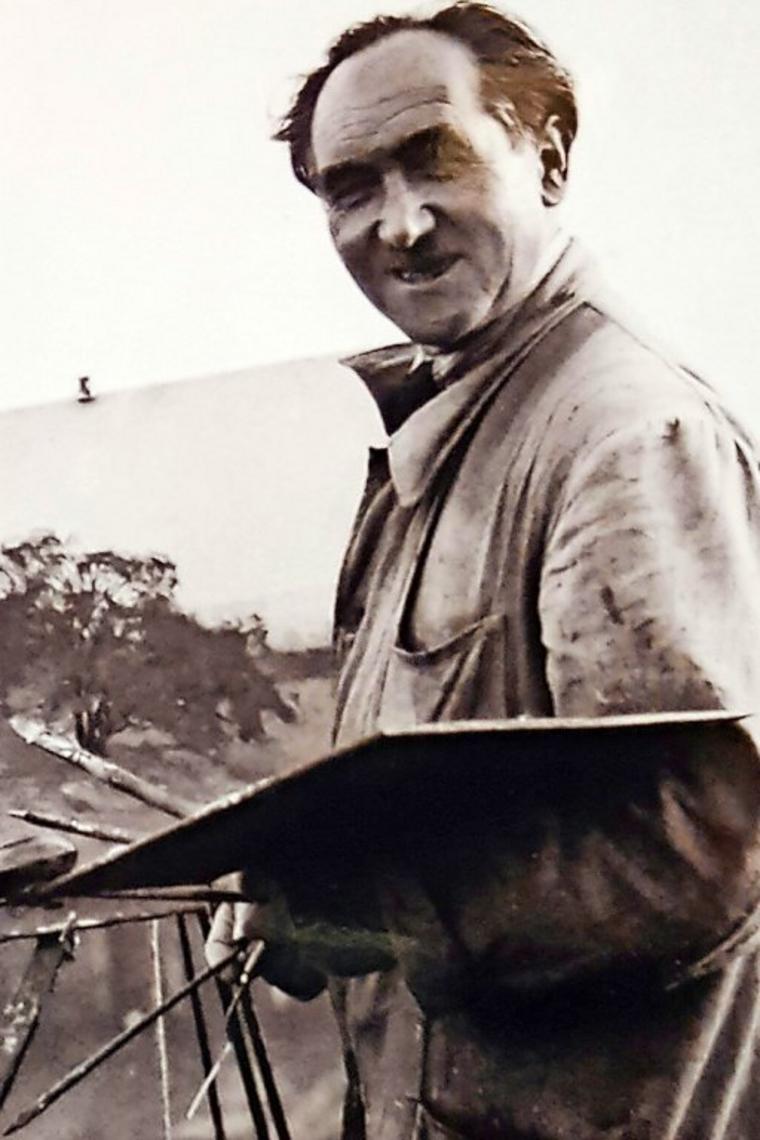
Otto Altenkirch was a German impressionist painter and stage designer. He studied at the Berlin University of the Arts and the Dresden Academy of Fine Arts.
Otto Altenkirch was one of the founders of the Künstlervereinigung Dresden, one of the artists who worked at the Dresden Museum and the Opera House.
For two decades one of his favourite subjects was the linden alley in Rheinsberg. In 1941 and 1943 his works were exhibited in the Große Deutsche Kunstausstellung (exhibition of Nazi-approved art in Munich).

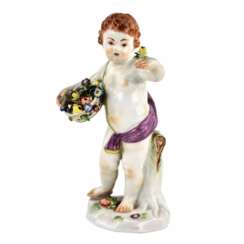

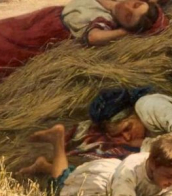




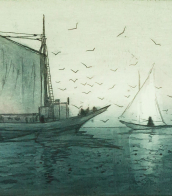
![Горный, С. Ранней весной: [Рассказы] / Сергей Горный.](/assets/image/picture_4222185/0939e/t3olnvhygomf6firxkosketxunacfq1vn0hh3lzolmin7eogksojyiaovjbup8wy1727461828jpg__fix_374_244.jpeg)
![Горный, С. Ранней весной: [Рассказы] / Сергей Горный.](https://veryimportantlot.com/assets/image/picture_4222185/0939e/t3olnvhygomf6firxkosketxunacfq1vn0hh3lzolmin7eogksojyiaovjbup8wy1727461828jpg__fix_374_244.jpeg)
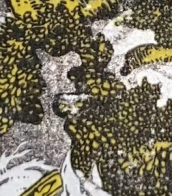
![Горный, С. Ранней весной: [Рассказы] / Сергей Горный.](/assets/image/picture_4558353/cdebf/urt3mc8h8ilzbz07e7146o5m0deyjypnprytgq8ncb-8slzluebsxnqe7wwawwai1744793281jpg__fix_374_244.jpeg)
![Горный, С. Ранней весной: [Рассказы] / Сергей Горный.](https://veryimportantlot.com/assets/image/picture_4558353/cdebf/urt3mc8h8ilzbz07e7146o5m0deyjypnprytgq8ncb-8slzluebsxnqe7wwawwai1744793281jpg__fix_374_244.jpeg)
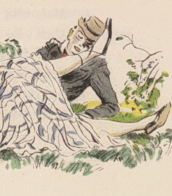


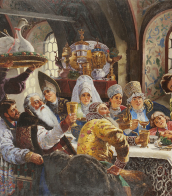
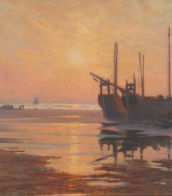


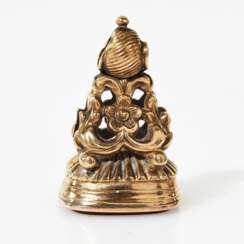





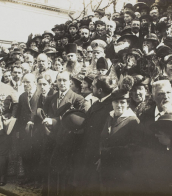
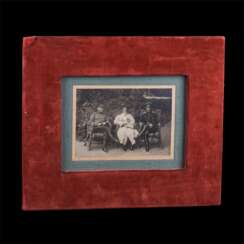


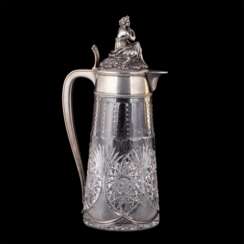

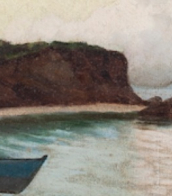
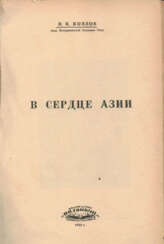

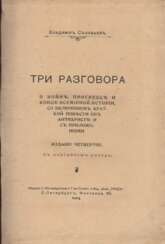

![Соловьев, В.С. [автограф]. Три разговора о войне, прогрессе и конце всемирной истории, со включением краткой повести об антихристе и с приложениями / Владимир Соловьев.](/assets/image/picture_1923405/0839d/c9bhjrdfsf2ssgfij3bx13lms1g7mjunrgt5n0ig6kcz76f8uxc71s07rnpae1641559343jpg__fix_374_244.jpeg)
![Соловьев, В.С. [автограф]. Три разговора о войне, прогрессе и конце всемирной истории, со включением краткой повести об антихристе и с приложениями / Владимир Соловьев.](https://veryimportantlot.com/assets/image/picture_1923405/0839d/c9bhjrdfsf2ssgfij3bx13lms1g7mjunrgt5n0ig6kcz76f8uxc71s07rnpae1641559343jpg__fix_374_244.jpeg)


